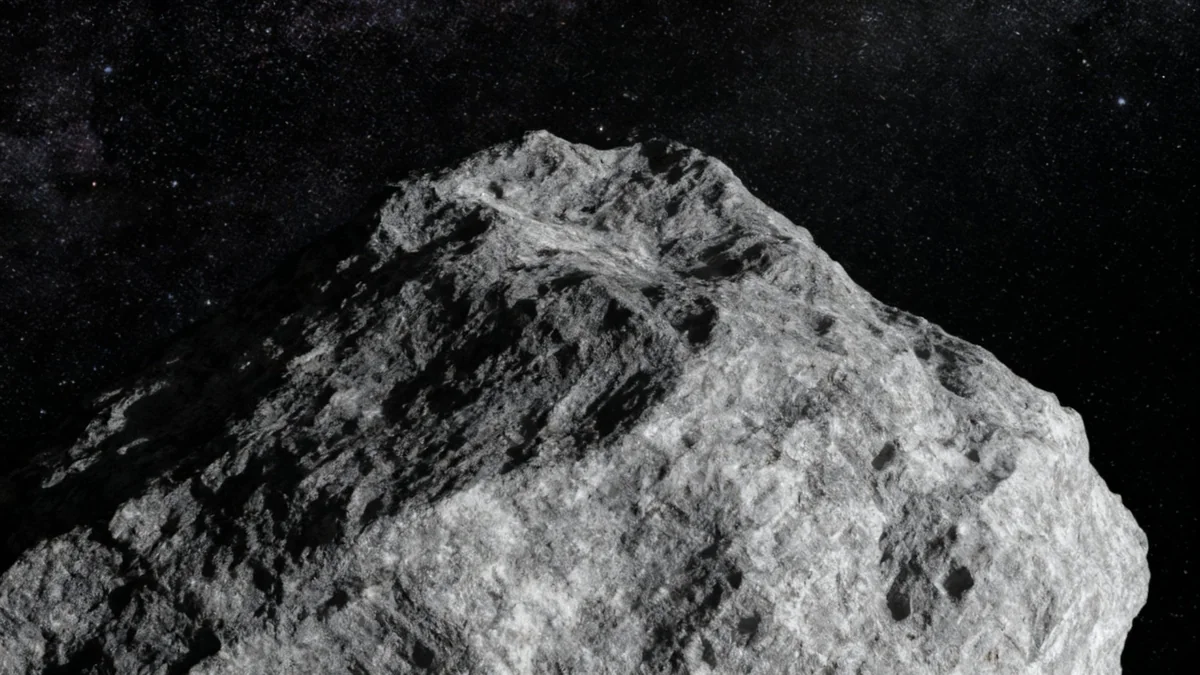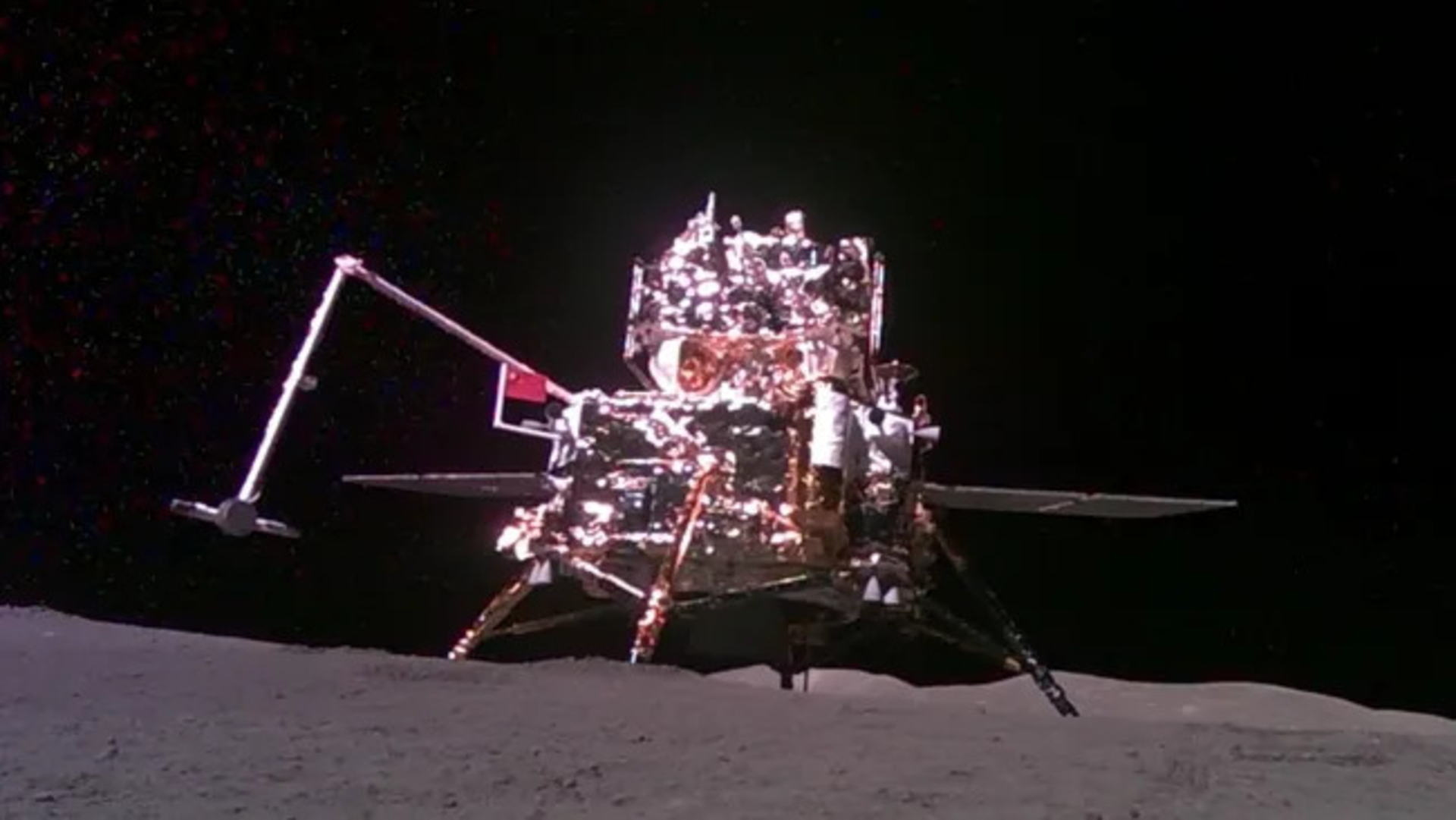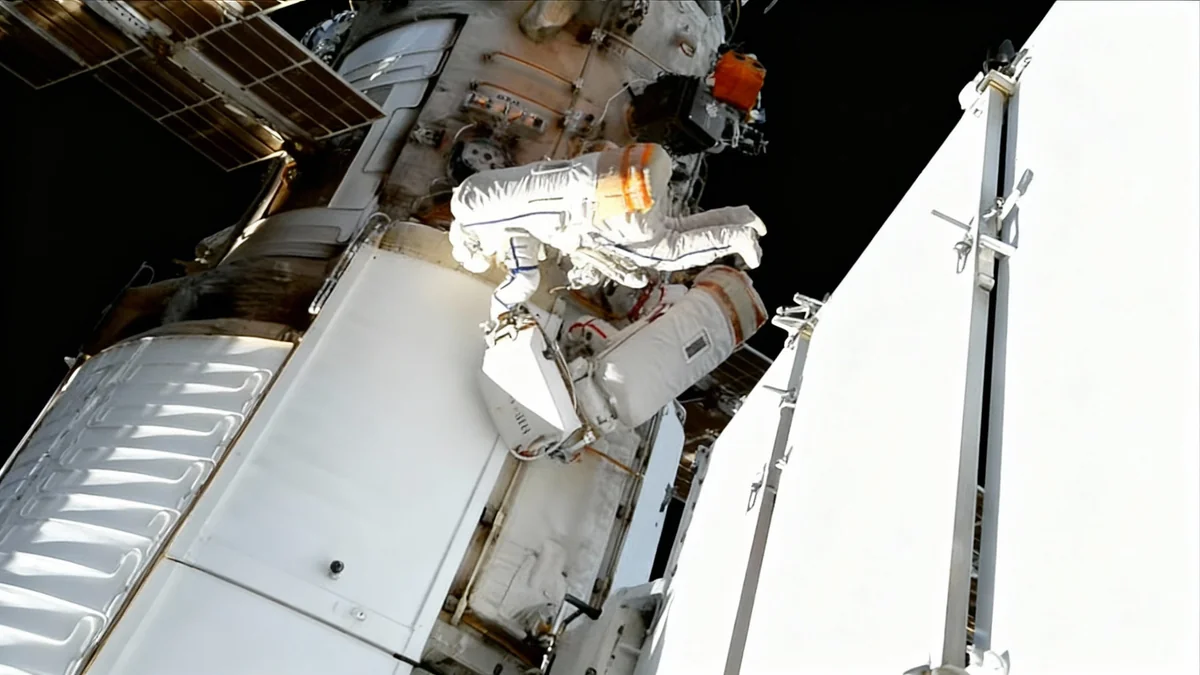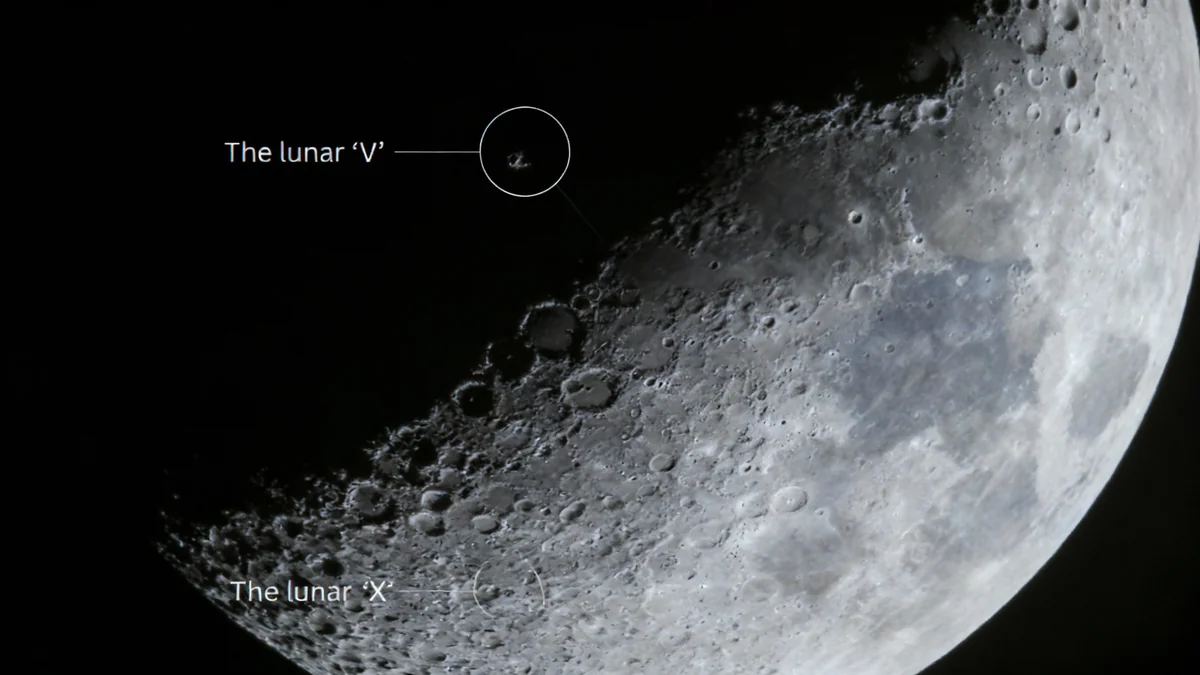A 12-year-old from London, Ontario, has made a significant astronomical find, identifying two potential new asteroids. Siddharth Patel, a young space enthusiast, made the discovery in September while participating in a citizen science program that collaborates with NASA.
The two objects, provisionally named 2024 RX69 and 2024 RH39, are now officially cataloged by the Minor Planet Center. This branch of the International Astronomical Union is responsible for tracking small celestial bodies within our solar system. While confirmation could take years, the initial discovery marks a remarkable achievement for the young astronomer.
Key Takeaways
- Siddharth Patel, 12, of London, Ontario, has identified two potential new asteroids.
- The objects are designated 2024 RX69 and 2024 RH39 and are located in the main asteroid belt.
- The discovery was made through the International Astronomical Search Collaboration, a citizen science project.
- Patel is also an award-winning astrophotographer and aspires to become an astronaut.
A Passion for the Cosmos
Siddharth Patel's interest in space is not a recent development. He has been using a telescope since he was five years old, cultivating a passion that extends far beyond the typical school curriculum. He explained that his astronomical pursuits often take place after his regular schoolwork is complete.
"Space was not really taught in schools," Siddharth said. "I really started doing things about space after I came back from school, because school is the academic time. And after that is the time when I pursue my interests and dreams."
This dedication has clearly paid off. His discovery was facilitated by the International Astronomical Search Collaboration (IASC), a program that gives amateur astronomers access to real-time data from professional observatories. Participants analyze images to look for moving objects that could be previously uncatalogued asteroids.
From Data to Discovery
The IASC provides images from powerful telescopes like the Pan-STARRS facility in Hawaii and the Catalina Sky Survey in Arizona. Citizen scientists like Siddharth meticulously scan these images, searching for faint points of light that move against the background of fixed stars over time. This movement indicates an object orbiting the Sun.
The Discovery Process
The two objects identified by Siddharth are located in the main asteroid belt, a vast region of space between the orbits of Mars and Jupiter. This area is home to millions of rocky bodies, ranging in size from small pebbles to dwarf planets like Ceres.
After Siddharth flagged the potential discoveries, the data was submitted to the Minor Planet Center (MPC) for verification. The MPC assigned the provisional designations 2024 RX69 and 2024 RH39, officially adding them to its list of objects requiring further observation. The confirmation process is lengthy and methodical.
Astronomers will need to track the objects over several years to precisely map their orbits around the Sun. Only after an orbit is definitively established can the objects be officially numbered and confirmed as new asteroids. If confirmed, Siddharth may have the opportunity to suggest names for his discoveries.
"When I go to somewhere dark, or someplace that has lots of stars, it really ignites my sense of wonder. I've learned how mysterious space really is."
More Than Just Asteroids
Siddharth's astronomical achievements are not limited to hunting for space rocks. He is also a talented astrophotographer. Recently, his striking image of Comet C/2023 A3 (Tsuchinshan-ATLAS) set against the backdrop of the Milky Way earned him the People's Choice Award in DarkSky International's 2025 Capture the Dark photography contest.
"I love taking photos through my telescopes," he shared, expressing a deep connection to the night sky that fuels both his scientific and artistic pursuits.
What is Citizen Science?
Citizen science projects involve public participation in scientific research. Programs like the IASC empower individuals without formal scientific training to contribute to fields like astronomy, biology, and environmental science. By distributing complex data analysis tasks among many volunteers, these projects can accelerate the pace of discovery and foster public engagement with science.
An Eye on the Future
With two potential asteroid discoveries under his belt, Siddharth has his sights set on an even loftier goal: becoming an astronaut. To pursue this dream, he has joined the Royal Canadian Air Cadets, a youth program focused on aviation and leadership. Learning to fly is a common stepping stone for many who join Canada's astronaut corps.
He follows in the footsteps of prominent Canadian astronauts like Chris Hadfield, the first Canadian to command the International Space Station, and Jeremy Hansen, who is slated to fly on NASA's Artemis 2 mission around the Moon. Siddharth's early start and demonstrated passion for space place him on a promising trajectory.
His story serves as an inspiration, highlighting how curiosity and dedication can lead to extraordinary accomplishments at any age. While the scientific community works to confirm his findings, Siddharth Patel continues to look up at the stars, pursuing his interests and dreaming of his own journey into the cosmos.





